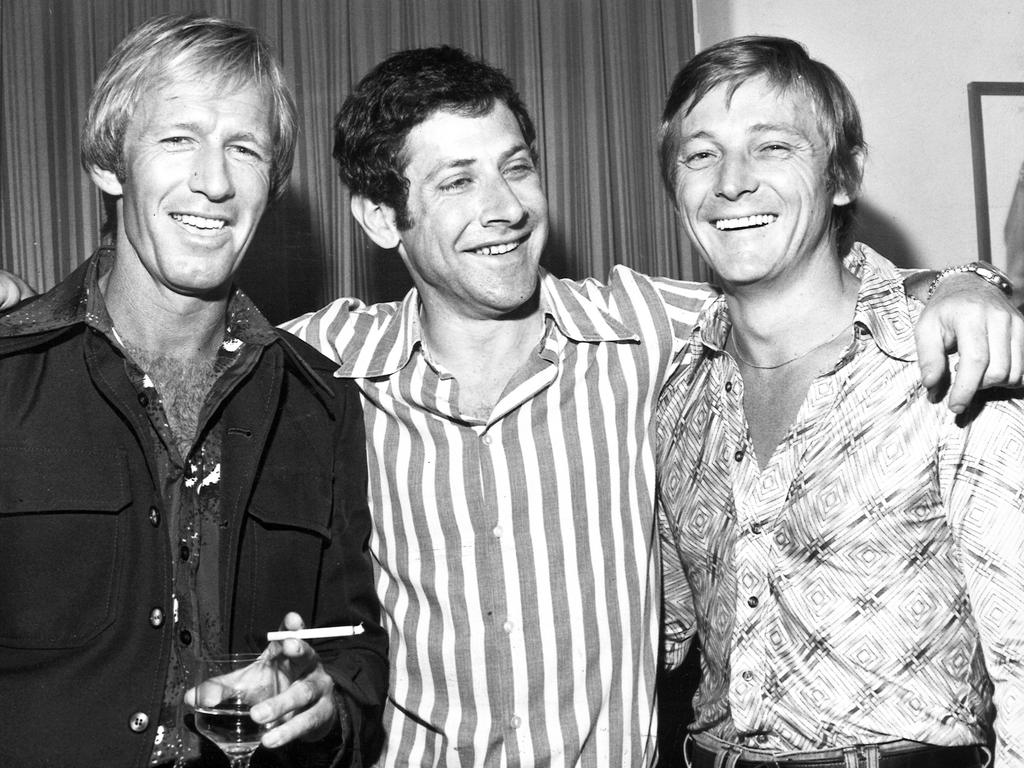I’m so sorry, Netflix. You can’t compete with this
There are undoubtedly many easier and less messy ways to get warm. But to me, the open fire combines art and science – and at Elmswood, makes winter welcome.

Today, the burning question is fire. And I’m sitting beside one as I tap out these warm words of tribute to the dancing flames.
It seems our Homo erectus forebears became fire bearers more than a million years ago, a discovery that made for a cosier cave. Soon after that came the invention of cooking – they were the ancestors of our celebrity chefs. These days, thankfully, we can kindle fire far more easily than by rubbing sticks together.
Those of us who live in the bush have a worrisome relationship with fire. Nothing – except perhaps drought – is more greatly feared than bushfire. But when it’s scaled down, tamed and domesticated, fire is the farmer’s friend. Here at Elmswood, the slow-combustion stove is warming the kitchen, and the aforementioned open fire in the lounge keeps us cosy during the evenings. The recipe for the latter is simple. A bit of scrunched-up newspaper, a few sticks of kindling, a packet of Redheads and you’re off and glowing.
I find watching dancing flames far more congenial – and deductive – than watching TV. Television is pre-imagined, whereas an open fire is abstract, kindling thoughts. It’s like watching living jewellery – so many shades of red and orange, with hints of blue. And it smells wonderful.

Another thing: you can’t make toast with a telly.
There’s never a shortage of fuel here on the farm. Some of it falls from trees. Some is delivered by thunderous floods. Some ancient wood, as hard and heavy as rock, is churned from the riverbed. All of it, however, requires the use of an axe and a chainsaw. An open fire is hard work. The fire beside me contains all of the above ingredients, plus pinecones, and branches pruned from Patrice’s beloved olive grove. (After a year or so, the latter is ready to be sawn for the fire; olive wood is wonderfully fragrant when it burns.)
The ash from the fire is scattered in the vegie garden, and an occasional fall of soot reminds us that we must resume the hunt for a chimney sweep! Our 120-year-old chimney is two stories high, so cleaning it is both a daunting task and a dying art.
During times when the fire isn’t burning, there’s sometimes a fall of soot – and a stunned parrot, feathers besmirched, will tumble into the grate, requiring capture and release. We covered the chimney-tops with wire mesh to prevent such accidents and discourage avian adventurism – a job that required immensely lofty ladders and considerable courage. Why only colourful parrots choose to fall into chimneys and not their monochromatic cousins, like crows, remains a mystery.
Yes, from gathering kindling to emptying the ashes, from poking and stoking and huffing and puffing with the bellows, the open fire is demanding. There are undoubtedly many easier and less messy ways to get warm. But to me, the open fire combines art and science – and at Elmswood, makes winter welcome.
I’m so sorry, Netflix. You can’t compete. The open fire provides a sensory experience beyond your algorithmic technical capacity. As well as providing heat, endlessly changing imagery and a variety of scents, only the fire can make toast and offer the occasional intrusion by a parrot.







To join the conversation, please log in. Don't have an account? Register
Join the conversation, you are commenting as Logout